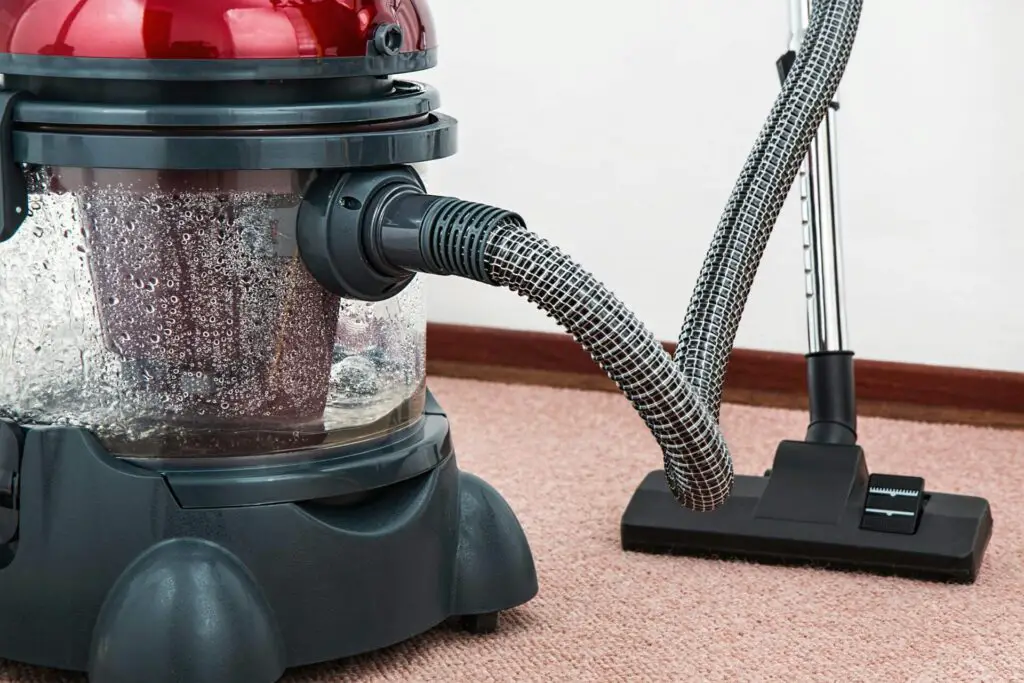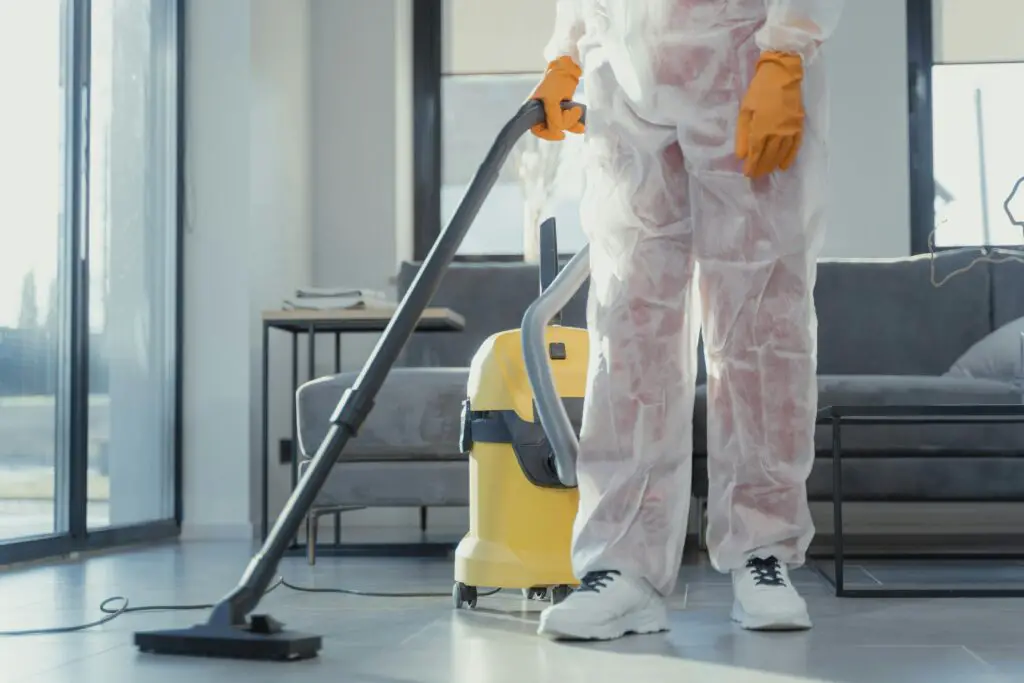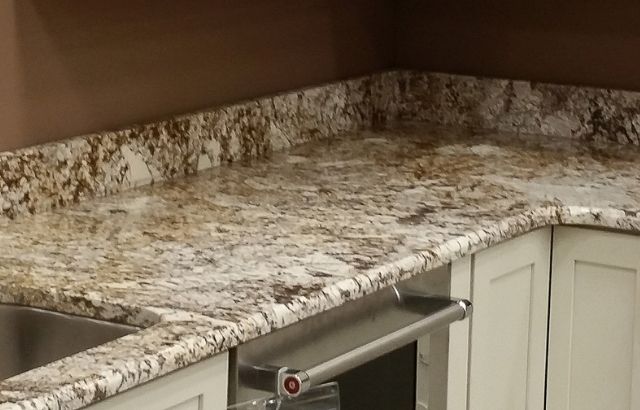Need a vacuum cleaner bag in a pinch? You can make one at home. It’s easier than you think. Vacuum cleaner bags are essential for keeping your home clean, but sometimes you run out and need one quickly. Instead of rushing to the store, why not learn how to make a homemade vacuum cleaner bag? It’s a cost-effective and convenient solution that lets you reuse materials you already have. In this guide, we’ll show you how to make a homemade vacuum cleaner bag. It’s quick, easy, and perfect for those unexpected moments. Let’s get started!
How to Make a Homemade Vacuum Cleaner Bag

Materials Needed
Creating your own homemade vacuum cleaner bag can be a fun and rewarding project. Plus, it’s a great way to save some money. To get started, you’ll need to gather a few materials. Let’s dive into what you’ll need.
Essential Tools
You don’t need a workshop full of tools to make your vacuum cleaner bag. Here are the basics:
- Scissors: A sharp pair will make cutting fabric easier.
- Measuring Tape: Ensure precise cuts for a perfect fit.
- Sewing Machine or Needle and Thread: You can use either, depending on your sewing skills and available tools.
- Marker or Chalk: Useful for marking measurements on the fabric.
Required Supplies
Now let’s look at the supplies you will need:
- Fabric: Choose a durable fabric like cotton or a blend. Make sure it’s breathable yet strong enough to hold dirt and debris.
- Velcro or Elastic Band: This will help secure the bag to the vacuum cleaner.
- Template: If you have an old vacuum cleaner bag, use it as a template for measurements.
Have you ever used a homemade vacuum cleaner bag before? How did it hold up compared to store-bought ones? Share your thoughts in the comments below!
Preparing The Workspace
Start by clearing a clean surface. Gather materials like scissors, fabric, and a sewing kit. Organize everything for easy access during the project.
Creating a homemade vacuum cleaner bag can be a rewarding DIY project. One of the most crucial steps in this process is preparing your workspace. A well-prepared area ensures you stay organized and efficient while crafting your vacuum cleaner bag. Let’s dive into how you can set up your workspace for success.
Clean Area
Start by clearing your workspace of any clutter. A tidy area reduces distractions and helps you focus on the task. Wipe down surfaces to remove dust and debris. Having a clean workspace minimizes the risk of contaminating your vacuum cleaner bag. This step is especially important if you plan to use fabric or other materials that attract dust. Ask yourself, do you have enough space to spread out all your materials? Ensuring ample room can make the process smoother and more enjoyable.
Organize Tools
Next, gather all the tools you’ll need. Common tools for this project include scissors, measuring tape, and a sewing machine. Place them within easy reach on your workspace. Consider using containers or trays to keep smaller items organized. This way, you won’t waste time searching for things like thread or needles.
Labeling your tools can also be helpful. Knowing exactly where everything is can save you time and frustration during the project. By preparing your workspace thoughtfully, you set yourself up for a successful and enjoyable DIY experience. Have you ever started a project only to realize you’re missing a crucial tool? Taking the time to organize now can prevent that headache later. Happy crafting!
Measuring The Bag
Creating a homemade vacuum cleaner bag involves measuring the bag carefully to ensure it fits properly. Use durable fabric and follow easy steps to craft an effective bag for your cleaner.
Measuring the Bag Creating a homemade vacuum cleaner bag requires precise measurements. You want the bag to fit perfectly to avoid dust leaks and ensure efficient cleaning. Let’s dive into how you can measure the fabric correctly.
Dimensions
First, you need to gather the dimensions of your vacuum cleaner’s existing bag. Use a tape measure to get the length, width, and depth. Write these measurements down. Double-check to ensure accuracy. A slight error can lead to a poorly fitting bag.
Marking The Fabric
Lay out the fabric on a flat surface. Smooth out any wrinkles to ensure accurate marking. Using a ruler, mark the dimensions you noted earlier. It’s crucial to add an extra inch to each side for seam allowances. This step is often overlooked but essential for a secure fit. Once you have marked the fabric, use chalk or a fabric marker.
These tools are easy to remove and won’t leave permanent marks. Have you ever wondered why your homemade items don’t last as long? Precise measurements and marking can make all the difference. Conclusion Measuring the bag might seem like a simple step, but it’s foundational for creating a durable, efficient vacuum cleaner bag. Accurate dimensions and well-marked fabric set the stage for a successful DIY project. So, take your time and measure twice to cut once.
Cutting The Fabric
First, lay out the fabric flat on a clean surface. Measure and mark the dimensions needed for the vacuum cleaner bag. Carefully cut along the marked lines using sharp scissors or a rotary cutter.
Cutting the fabric for your homemade vacuum cleaner bag is a crucial step. It determines the functionality and fit of your bag. Let’s dive into how you can achieve precision and avoid common mistakes.
Precision Cutting
Precision is key. Measure twice, cut once. Use a ruler to ensure your lines are straight. Sharp scissors make a huge difference. Dull blades can ruin your fabric. Invest in quality scissors. Consider marking your fabric with chalk before cutting. It helps guide your cuts and keeps them accurate.
Avoiding Mistakes
Rushing leads to errors. Take your time. A few extra minutes can save you from a faulty bag. Double-check your measurements. It’s easy to miscalculate. A second look can catch mistakes. Mind the fabric type. Some fabrics fray easily. Use pinking shears to prevent fraying. Have you ever cut fabric too small? It’s frustrating. Always give yourself a little extra margin. You can trim down but can’t add back fabric. Don’t forget to account for seams. Leave room for stitching. Otherwise, your bag might not fit your vacuum. Are you ready to start cutting your fabric? What techniques will you use to ensure precision?
Sewing The Bag
Creating a homemade vacuum cleaner bag can be a fun and rewarding project. Sewing the bag is a crucial step in the process. It ensures that the bag fits well and functions effectively. Let’s dive into the sewing part to make sure your bag is sturdy and durable.
Stitching Techniques
Choosing the right stitching technique is important. Use a straight stitch for most of the sewing. This stitch is simple and strong. For extra strength, use a zigzag stitch along the edges. This prevents fraying and makes the bag last longer. Make sure to sew slowly and keep the lines straight. This will make the bag look neat and professional.
Reinforcing Seams
Reinforcing the seams adds extra durability to your vacuum cleaner bag. Sew the seams twice with a straight stitch. This double stitching makes the seams stronger. You can also use a zigzag stitch over the straight stitches. This adds more strength and prevents wear and tear. Pay extra attention to the corners and edges. These areas need more reinforcement because they handle more stress.
Attaching The Bag
Secure the homemade vacuum cleaner bag firmly to the nozzle. Ensure it fits snugly to avoid leaks. This will help maintain strong suction.
Attaching the Bag Attaching a homemade vacuum cleaner bag might seem tricky, but it’s quite straightforward with the right steps. When I first tried it, I was surprised at how well it worked. The key is to ensure the bag is securely connected to the vacuum and fits perfectly.
Connecting To Vacuum
Start by locating the area where your vacuum’s original bag attaches. This could be a nozzle, a tube, or a compartment. Take your homemade bag and align it with the connection point. If your vacuum has a nozzle, ensure the bag’s opening fits snugly over it. Use a rubber band or tape to secure the bag firmly. This prevents any dust from escaping during use.
Ensuring Fit
Check that the bag fits well within the vacuum compartment. It shouldn’t be too tight or too loose. One trick I learned is to use a slightly larger bag and fold the edges inside. This provides a snug fit without gaps. Test the fit by turning on the vacuum briefly. If the bag stays in place and doesn’t collapse, you’re good to go. Connecting your homemade vacuum cleaner bag is a practical solution that saves money. Have you tried making your own vacuum cleaner bag before? What challenges did you face?
Testing The Bag
Testing the bag is a crucial step in making a homemade vacuum cleaner bag. You need to ensure the bag works properly and does not damage your vacuum cleaner. This section will guide you through the testing process.
Initial Test
First, attach the homemade bag to your vacuum cleaner. Make sure it fits snugly. Turn on the vacuum cleaner and listen for any unusual sounds. Check if the suction power is adequate. If the vacuum cleaner picks up dirt as usual, your bag is working.
Inspect the bag for any leaks. Hold the vacuum cleaner over a clean surface. Run it for a few minutes. Look for any dust or debris escaping from the bag. If you see any, your bag may have small holes or gaps.
Adjustments
If you find any issues during the initial test, make adjustments. First, check the seams and edges of the bag. Use strong tape to seal any gaps. Reinforce the seams with extra stitching if necessary. Ensure the bag fits tightly to the vacuum cleaner inlet.
Test the bag again after making adjustments. Repeat the initial test steps. Attach the bag and run the vacuum cleaner. Check for leaks and ensure the suction power is still strong. If everything looks good, your homemade vacuum cleaner bag is ready for use.
Maintenance Tips
Create a homemade vacuum cleaner bag using an old pillowcase or similar fabric. Cut to fit, and secure with rubber bands. This simple solution saves money and reduces waste.
When it comes to making a homemade vacuum cleaner bag, maintaining it properly can save you time, effort, and money. With the right maintenance tips, you can ensure your homemade vacuum cleaner bag works efficiently and lasts longer. Let’s dive into some practical steps to keep your DIY vacuum cleaner bag in top shape.
Cleaning The Bag
Regular cleaning is crucial. Empty the bag when it’s about half full to maintain suction power. A full bag reduces the vacuum’s performance. Shake out the dust and debris into a trash bin. You can use an old toothbrush to gently scrub the inside of the bag to remove stubborn dirt. If the material allows, rinse the bag with warm water and let it air dry completely before reattaching it to your vacuum. This prevents mold and mildew.
Longevity
To extend the life of your homemade vacuum cleaner bag, inspect it for wear and tear. Look for small holes or weakened areas. You can reinforce weak spots with duct tape or a patch of similar fabric. This simple step can help avoid sudden bursts or leaks. Store your vacuum cleaner in a cool, dry place. Avoid exposing it to extreme temperatures or moisture, as these can degrade the bag material quickly. How do you ensure your homemade tools last longer? Share your tips and tricks in the comments below!
Frequently Asked Questions
How Do You Turn A Regular Ziplock Bag Into A Vacuum Sealed Bag?
Place your items in the ziplock bag. Seal it almost completely, leaving a small opening. Submerge the bag in water, pushing out air. Seal the remaining opening.
How To Make Custom Vacuum Seal Bags?
To make custom vacuum seal bags, cut a roll of vacuum seal material to your desired size. Seal one end using a vacuum sealer. Fill the bag with items, then seal the other end to create an airtight seal. Ensure the bag is properly sealed for optimal preservation.
How Do You Vacuum Seal Without A Vacuum Bag?
Use the immersion method with a ziplock bag. Seal partially, submerge in water, and close completely.
Can You Use A Plastic Bag As A Vacuum Bag?
Using a plastic bag as a vacuum bag isn’t recommended. They aren’t designed for vacuum sealing and may not preserve food properly.
Conclusion
Crafting your own vacuum cleaner bag is simple and rewarding. You save money and reduce waste at home. Follow these steps for a quick and easy DIY project. With a few materials, your vacuum works efficiently again. Enjoy cleaner floors without buying new bags.
Feel proud of your handiwork and contribution to the environment. Share this skill with friends and family. They will appreciate the helpful tip. Keep exploring more DIY solutions. Every little effort counts in maintaining a sustainable lifestyle. Happy cleaning!




